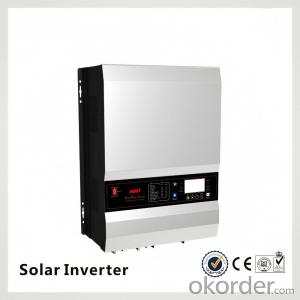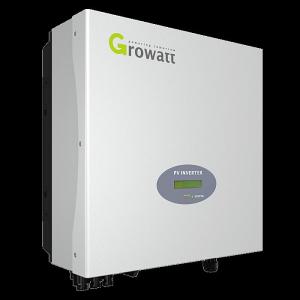Hybrid Solar Charger Inverter
Hybrid Solar Charger Inverter Related Searches
Hybrid Solar Inverter Charger Hybrid Inverter Charger Solar Hybrid Solar Inverter Solar Hybrid Inverter Hybrid Solar Power Inverter Solar Inverter Hybrid Inverter Solar Hybrid Inverter Hybrid Solar Solar Charger Inverter Hybrid Inverter Solar Solar System Hybrid Inverter Solar Inverter Charger Solar Charge Inverter Solar Panel Hybrid Inverter Inverter Charger Solar Hybrid Solar Inverter System Solar Power Inverter Charger Smart Hybrid Solar Inverter Hybrid Inverter Solar System Solar Hybrid Inverter System Solar Edge Hybrid Inverter Buy Hybrid Solar Inverter Solar Charger With Inverter Inverter Battery Solar Charger Solar Converter Inverter Solar Battery Inverter Hybrid Inverter Solar Panel Solar Charger For Inverter Tesla Hybrid Solar Inverter Solar Solar InverterHybrid Solar Charger Inverter Supplier & Manufacturer from China
Hybrid Solar Charger Inverter is a versatile and efficient product that combines the capabilities of a solar charger and an inverter in a single unit. This innovative device allows users to harness the power of the sun to charge their devices and convert the stored energy into usable electricity for various applications. The hybrid design of this product makes it an ideal solution for those looking to reduce their reliance on traditional power sources and embrace a more sustainable and eco-friendly approach to energy management.The Hybrid Solar Charger Inverter is widely used in various scenarios, such as outdoor activities, camping trips, and emergency situations where access to electricity is limited or unavailable. It is also a popular choice for remote locations or areas with inconsistent power supply, as it provides a reliable and independent source of energy. This product is particularly useful for charging electronic devices like smartphones, tablets, laptops, and other small appliances, ensuring that users stay connected and powered up even in the most challenging environments.
Okorder.com is a leading wholesale supplier of Hybrid Solar Charger Inverters, offering a vast inventory of high-quality products to cater to the needs of various customers. With a commitment to providing excellent service and competitive prices, Okorder.com has established itself as a trusted source for businesses and individuals seeking reliable and efficient solar power solutions. By partnering with Okorder.com, customers can benefit from a wide range of Hybrid Solar Charger Inverter options, ensuring that they find the perfect product to meet their specific requirements and energy needs.
Hot Products













































